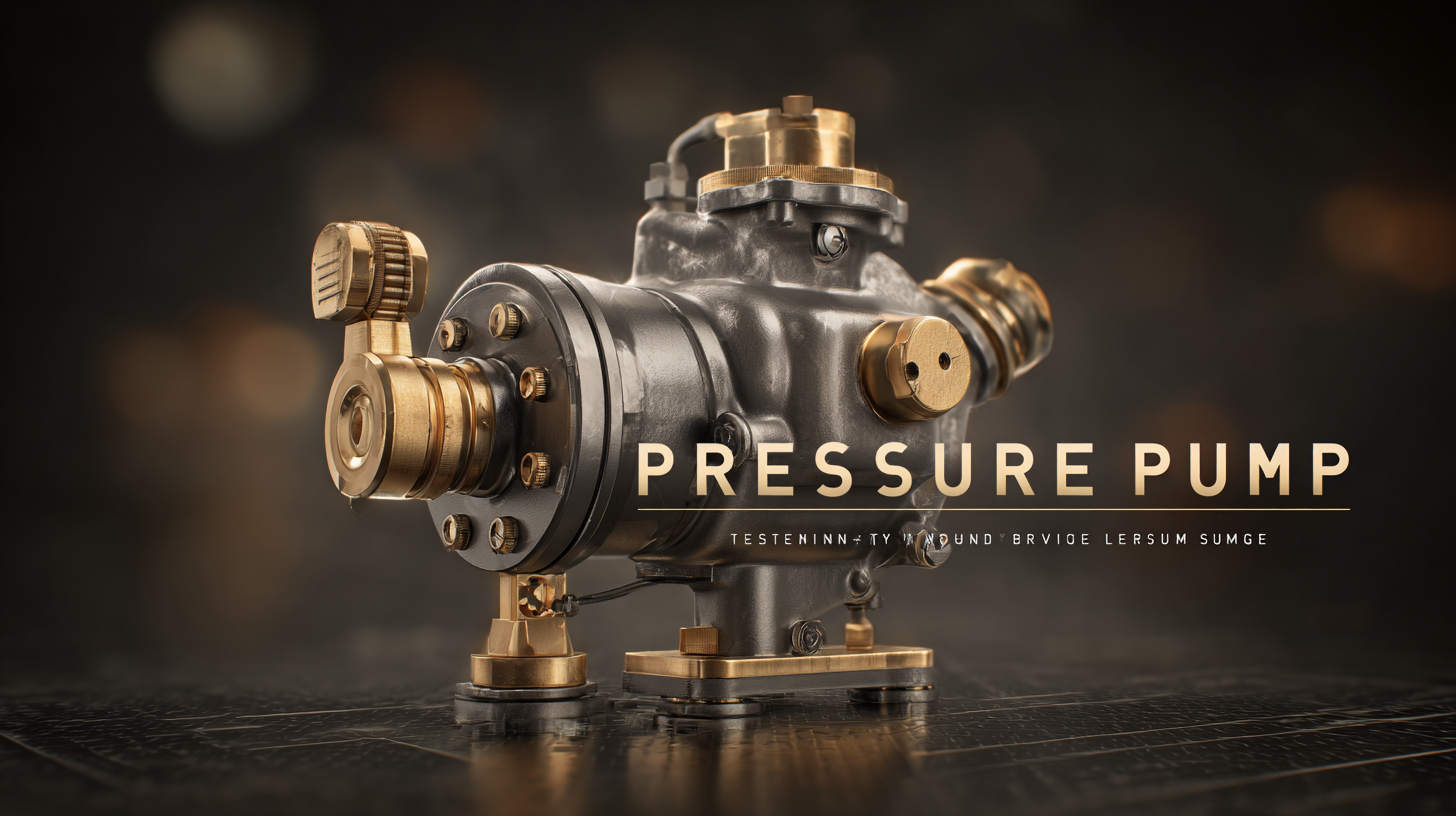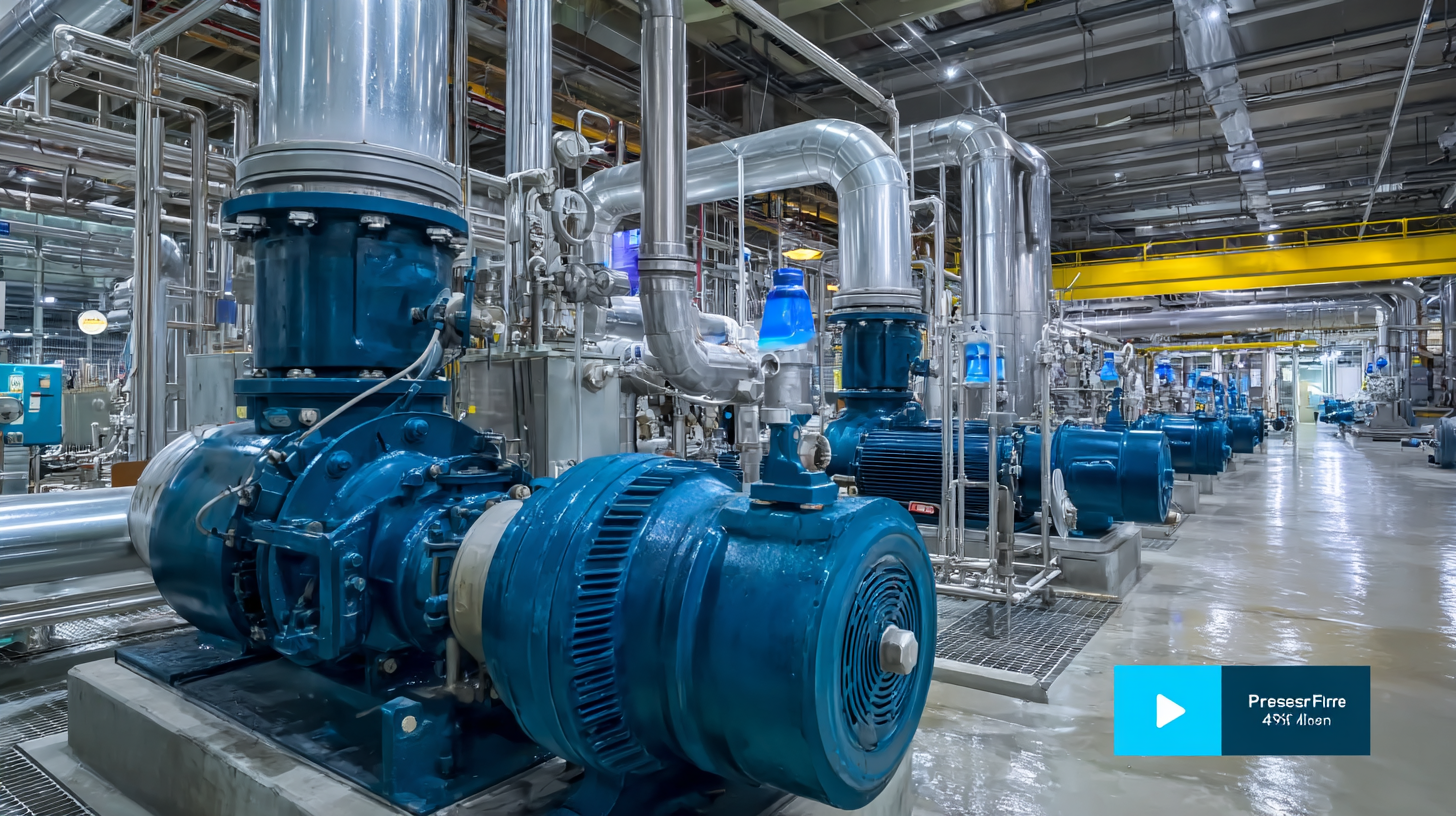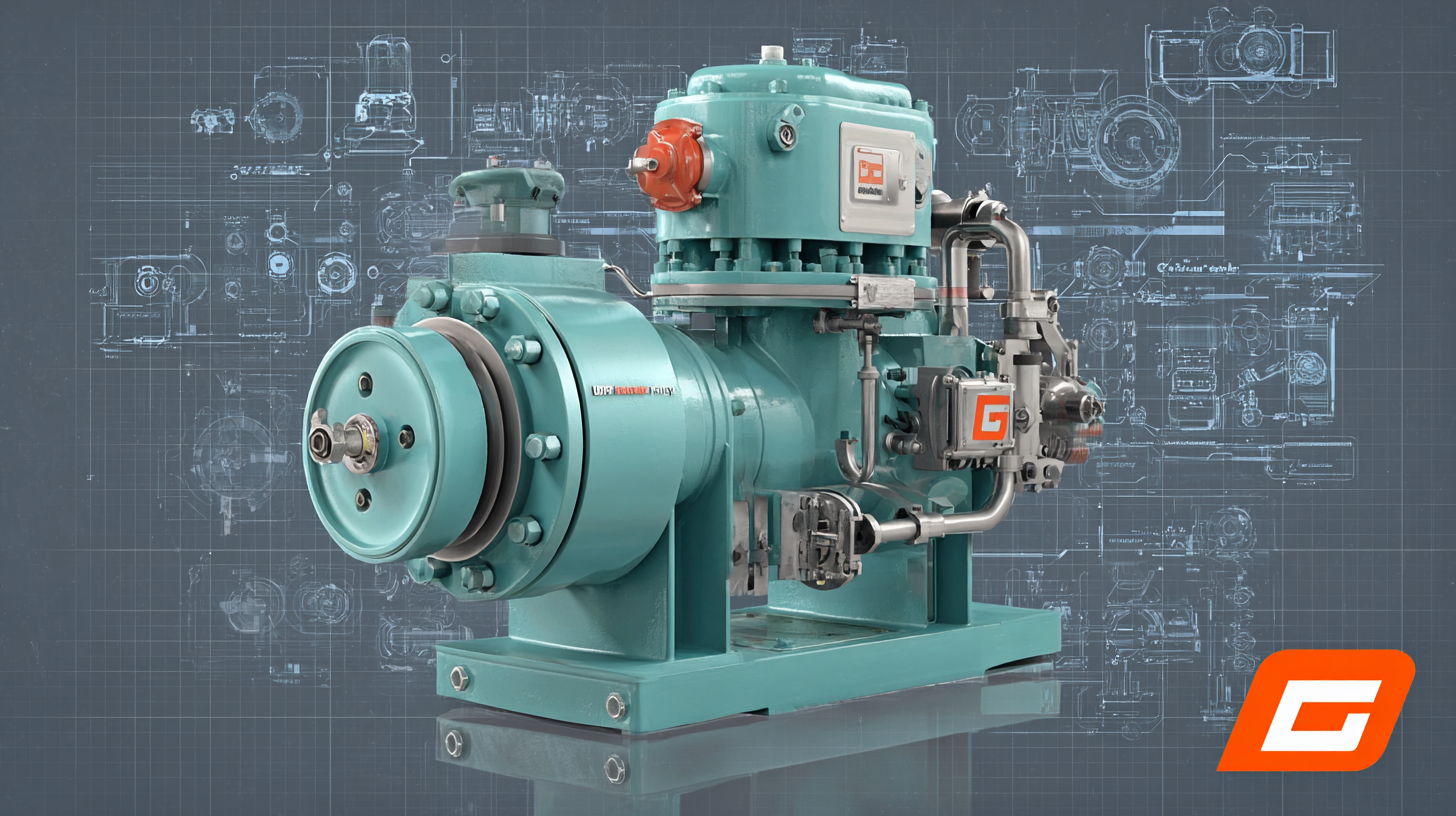
Emerging Technology Trends in 2025 and Effective Strategies for Best Pressure Pump Solutions
As we advance towards 2025, the landscape of emerging technologies is poised to transform various industries, including the critical sector of fluid handling with Pressure Pumps. According to a report by MarketsandMarkets, the global pressure pump market is expected to reach USD 35.25 billion by 2025, reflecting a robust compound annual growth rate (CAGR) of 5.6% from 2020. This growth is driven by increasing demands across sectors such as water management, oil and gas, and manufacturing, where efficiency and reliability of pressure pumps are paramount. In this ultimate guide, we will explore the key technology trends shaping the pressure pump industry, alongside effective strategies for companies to adopt the best pressure pump solutions that not only enhance operational efficiency but also align with sustainable practices. As the industry evolves, staying informed about these trends will be essential for leveraging opportunities and overcoming challenges in pressure pump applications.

Emerging Technologies Shaping the Pressure Pump Industry in 2025
The pressure pump industry is witnessing a transformative phase as we advance into 2025, driven by emerging technologies that redefine efficiency and performance. One prominent trend is the incorporation of Internet of Things (IoT) capabilities in pressure pumps, allowing for real-time monitoring and predictive maintenance. This technology not only enhances operational reliability but also reduces downtime, ensuring that pumps perform optimally when needed. The integration of smart sensors enables operators to gather critical data and make informed decisions, driving energy efficiency and reducing operational costs.

Another significant advancement is the shift towards sustainable materials and energy sources. As environmental concerns gain traction, manufacturers are progressively utilizing eco-friendly materials in the construction of pressure pumps. Moreover, the rise of solar-powered and energy-efficient designs caters to industries seeking to lower their carbon footprint. These innovations not only align with global sustainability goals but also provide businesses with a competitive edge by attracting environmentally conscious customers. As these technologies continue to evolve, they promise to create robust, efficient, and sustainable pressure pump solutions for diverse applications in 2025 and beyond.
Key Characteristics of Reliable Pressure Pumps: Quality and Performance
When selecting reliable pressure pumps, two key characteristics stand out: quality and performance. Quality pressure pumps are crafted from durable materials that can withstand prolonged use and harsh conditions. Investing in pumps that meet industry standards and certifications ensures longevity and reduces maintenance costs in the long run. Look for brands that have a solid reputation and positive reviews from users, which can indicate their reliability.

Performance is equally essential; a high-performing pressure pump should deliver consistent pressure while maintaining efficiency. Whether you need it for residential, agricultural, or industrial applications, the pump’s ability to handle varying demands without faltering is crucial. Tips for optimal performance include choosing the right pump size for your application and regularly checking for any signs of wear or damage.
Lastly, don't overlook the importance of proper installation and regular maintenance. Following manufacturer guidelines during installation can prevent common issues, and scheduled maintenance can further ensure that your pressure pump operates at peak performance. Make sure to establish a maintenance routine that includes cleaning filters and inspecting components to keep your pump running smoothly.
Strategic Partnerships: Enhancing Innovation in Pump Manufacturing
In the ever-evolving landscape of pump manufacturing, strategic partnerships play a pivotal role in fostering innovation and enhancing product offerings. Collaborations between technology firms and traditional manufacturing companies are becoming increasingly vital. These partnerships enable manufacturers to leverage cutting-edge technologies, such as IoT and AI, to improve pump efficiency and reliability. By combining expertise and resources, companies can create intelligent systems that optimize performance and reduce operational costs, setting new standards in the industry.
Moreover, these alliances allow for the sharing of research and development efforts, which can significantly speed up the innovation cycle. For instance, collaborating with tech startups that specialize in automation or sustainability can provide established pump manufacturers with fresh perspectives and agile methodologies. This not only accelerates the development of eco-friendly pressure pump solutions but also ensures that the products meet the evolving needs of modern industries. As we approach 2025, it is clear that strategic partnerships will be a key driver of success in the pump manufacturing sector, enabling companies to stay competitive in a rapidly changing market.
Sustainability in Pressure Pump Solutions: Meeting Global Standards
As the world increasingly prioritizes sustainability, pressure pump solutions must align with global standards to reduce their environmental impact. Emerging technologies in pump design now incorporate eco-friendly materials and energy-efficient operation. Manufacturers are focusing on innovations, such as variable frequency drives and advanced monitoring systems, that optimize performance while minimizing waste. This proactive approach not only meets stringent regulatory requirements but also enhances the reputation of businesses committed to sustainable practices.
In addition to technological advancements, companies are adopting strategic measures to ensure compliance with international sustainability standards. This includes conducting regular audits, sourcing materials responsibly, and implementing life cycle assessments to evaluate the environmental footprint of their products. By integrating these practices into their operations, organizations can not only achieve compliance but also foster a culture of sustainability that resonates with consumers and stakeholders alike. Embracing these trends in pressure pump solutions not only contributes to a healthier planet but also positions businesses for long-term success in an increasingly eco-conscious market.
Emerging Technology Trends in 2025 and Effective Strategies for Best Pressure Pump Solutions - Sustainability in Pressure Pump Solutions: Meeting Global Standards
| Trend | Description | Impact | Sustainability Strategy | Compliance Standard |
|---|---|---|---|---|
| Smart Pump Technology | Integration of IoT for real-time monitoring and control. | Enhanced efficiency and operational insights. | Implement remote diagnostics and predictive maintenance. | ISO 50001 Energy Management |
| Sustainable Materials | Use of recycled and biodegradable materials in pump construction. | Reduced environmental impact and waste. | Adopt life cycle assessment practices. | REACH Regulation compliance |
| Energy Efficiency Improvements | Optimization of pump designs for lower energy consumption. | Reduction in operational costs and carbon footprint. | Regular energy audits and performance benchmarks. | ANSI/HI 14.5 Pump Efficiency Standards |
| Decentralized Water Supply | Local water pumping solutions for remote areas. | Improved access to clean water and reduced infrastructure costs. | Engage local communities in maintenance and operation. | WHO Water Quality Standards |
| Automation and AI | Utilizing AI for optimizing pump operations. | Increased reliability and reduced human error. | Continuous training for staff on AI tools. | ISO/IEC 27001 Information Security |
Adapting to Market Needs: Customization and Flexibility in Pump Design
As we look towards 2025, the pressure pump industry is increasingly focusing on customization and flexibility in design to meet diverse market demands. According to a report by MarketsandMarkets, the global market for industrial pumps is projected to reach $92.3 billion by 2025, primarily driven by the need for tailored solutions across various sectors, including water and wastewater management and oil and gas production. This heightened demand underscores the importance of adaptability in pump design, enabling manufacturers to cater to specific customer requirements.
Customization not only enhances operational efficiency but also ensures compliance with evolving industry standards. A recent study by Deloitte highlights that 63% of manufacturers are prioritizing investment in flexible manufacturing systems to accommodate personalized products. By incorporating advanced technologies, such as IoT and AI-driven analytics, companies can develop pumps that are not only efficient but are also equipped to handle unique operational scenarios. This trend towards bespoke solutions promises to optimize performance while reducing downtime, ultimately delivering superior value to end-users and reinforcing the critical role of innovative pump design in a competitive marketplace.
